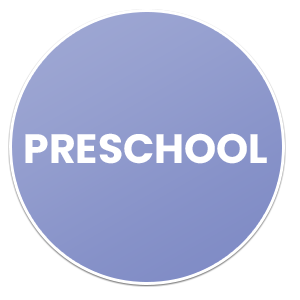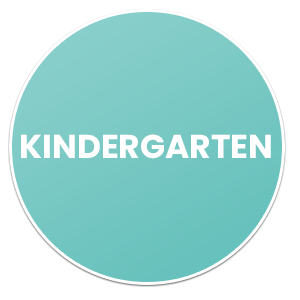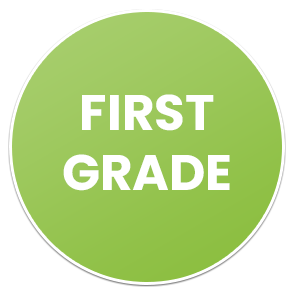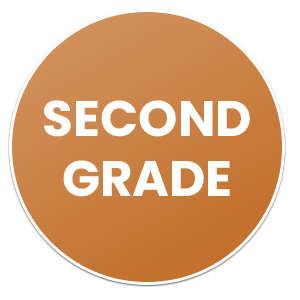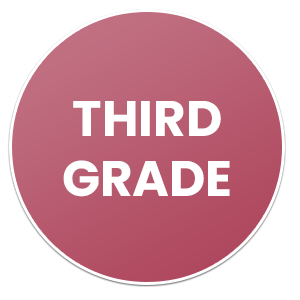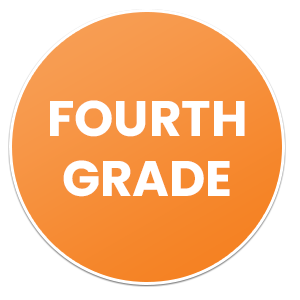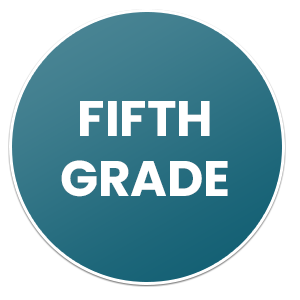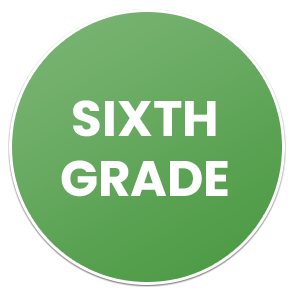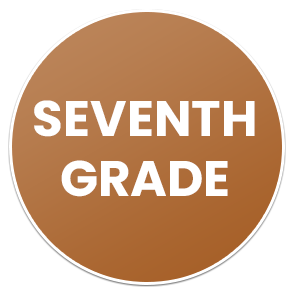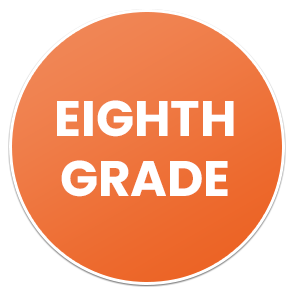How to Teach Third Grade
3rd Grade Homeschool Curriculum
BookShark’s system is based on age ranges rather than a rigid grade structure, acknowledging the diverse maturation rates of children. This flexible setup allows you to select a homeschool curriculum that meets your child’s developmental needs, enabling them to progress naturally. Moreover, BookShark can be used with multiple children at different ages.
Are you considering homeschooling your 3rd grader Feeling overwhelmed by where to begin? Look no further! In this comprehensive guide, we will walk you through everything you need to know about creating a successful 3rd-grade homeschool curriculum. From determining if your child is ready for 3rd grade to exploring the best resources and subjects to teach, we’ve got you covered. Let’s dive in and make learning an exciting adventure for your little one!
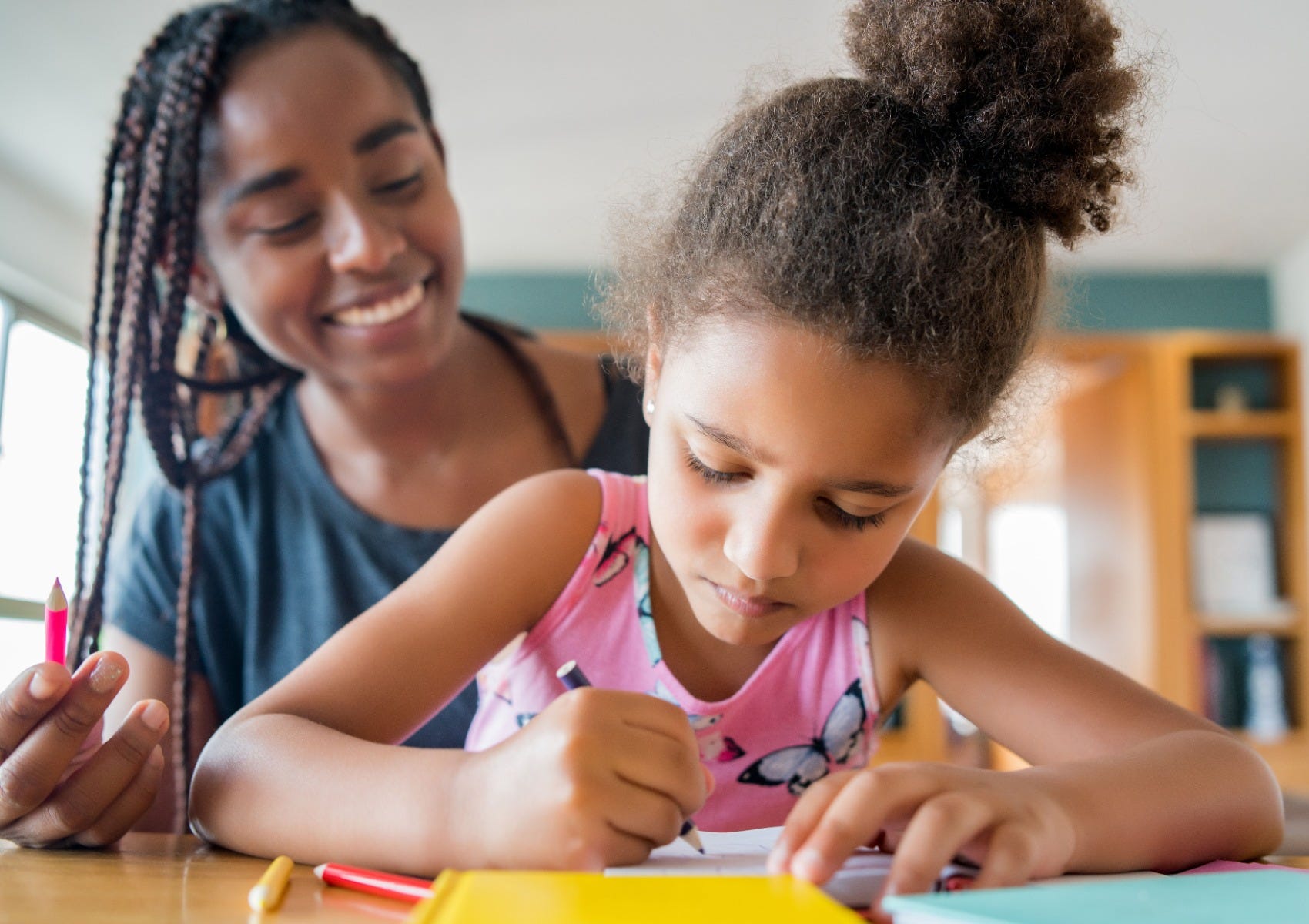

How do I know if my child is ready for 3rd grade?
As a parent, it’s essential to assess your child’s readiness for 3rd grade before diving into homeschooling. Look for cues like their ability to read and comprehend texts independently. Can they solve basic math problems with confidence? Observing their attention span during learning activities can also provide insights into their readiness.
Additionally, consider their social and emotional development. Are they able to work well independently and follow instructions? Do they show curiosity and eagerness to learn new things? These qualities are crucial for success in 3rd-grade academics.
Evaluate your child’s fine motor skills by observing how they handle writing tools or manipulate objects. Are they able to complete tasks that require coordination and dexterity? Assessing these aspects will help you gauge if your child is ready for the academic challenges of 3rd grade homeschool curriculum. If you’re still unsure, consult with a homeschooling mentor or join local homeschooling groups to get advice from experienced parents.
Homeschool Ideas for 3rd Grade
Looking for homeschool ideas for your 3rd grader? Here are some creative ways to make learning fun and engaging at home.
One idea is to incorporate hands-on activities into your curriculum. For example, you can use everyday items like measuring cups and spoons to teach math concepts or conduct simple science experiments in the kitchen.
Another great idea is to take learning outside. Whether it’s a nature walk to study plants and animals or setting up a mini outdoor classroom, fresh air can enhance the learning experience.
Consider incorporating arts and crafts into your lessons. Not only does this allow for creativity, but it also helps improve fine motor skills and provides a break from traditional academics.
Don’t forget about virtual field trips! With so many resources available online, you can explore museums, historical sites, and even outer space right from your living room.
By thinking outside the box and tailoring activities to your child’s interests, homeschooling 3rd grade curriculum can be both educational and enjoyable.
What does a 3rd grade curriculum look like?
In 3rd grade, the curriculum typically includes a variety of subjects to help children develop essential skills.
Mathematics focuses on multiplication, division, fractions, and word problems to build a strong foundation for more complex concepts in later grades.
Language arts covers reading comprehension, writing skills, grammar rules, vocabulary expansion, and spelling practice to enhance communication abilities.
Science introduces topics like plants, animals, weather patterns, rocks and minerals – encouraging curoosity about the world around them.
History lessons often explore early American history such as Native Americans and Colonial America while also touching on important historical events globally.
Art and music are integrated to foster creativity and self-expression. Physical education promotes physical activity and healthy habits.
Overall, a 3rd-grade curriculum is designed to engage young learners with diverse subjects that stimulate intellectual growth and curiosity.

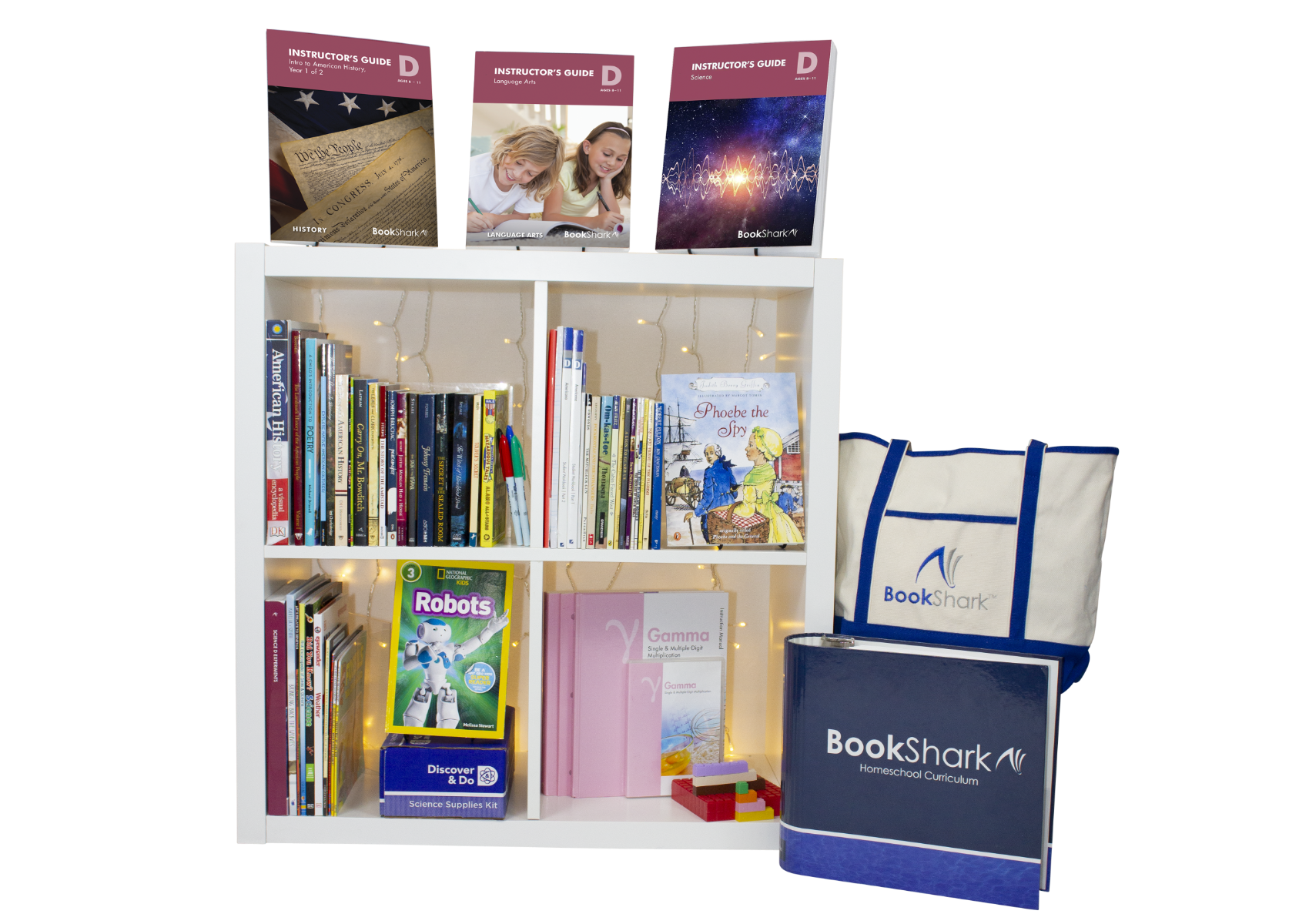
How Many Hours to Homeschool 3rd Grade?
When it comes to homeschooling your 3rd grader, one common question that often arises is about the number of hours needed for daily instruction. Unlike traditional school settings, homeschooling allows for flexibility in scheduling and learning pace.
On average, a 3rd grade homeschool curriculum may require around 2 to 4 hours of focused instruction per day. However, this can vary depending on your child’s learning style, attention span, and the curriculum being used. Shorter sessions with breaks in between can be more effective than long periods of continuous study.
It’s important to remember that quality trumps quantity when it comes to homeschooling. Tailoring the schedule to suit your child’s needs and interests can make learning more engaging and productive. Experiment with different routines until you find what works best for your little learner.
Incorporating hands-on activities, field trips, and interactive lessons can also enhance the educational experience without necessarily extending the formal instructional time. Remember, every child is unique, so don’t be afraid to adjust your approach as needed!
3rd Grade Homeschool Schedule
At the 2nd-grade level, children are expected to have a solid foundation in reading and writing. They should be able to read simple texts fluently and comprehend the main ideas. Writing skills progress from basic sentences to short paragraphs with proper punctuation.
In math, 2nd graders need to grasp concepts like addition, subtraction, multiplication tables up to 5, time-telling skills, and understanding of basic fractions. Hands-on activities can make learning math more engaging for young learners.
Science topics may include basic biology such as animal habitats and life cycles, earth science covering weather patterns and the water cycle, and physical science exploring concepts like force and motion. Encouraging curiosity through experiments is key at this age.
Social studies introduces children to communities around the world, historical events in their country’s past, map-reading skills, and cultural diversity awareness. It helps broaden their worldview beyond their immediate surroundings.
3rd Grade History Homeschool Curriculum
Studying history in 3rd grade can be an exciting journey for homeschoolers. It’s a chance for children to learn about the past and how it has shaped the world we live in today. History curriculum at this level often introduces topics like early civilizations, famous historical figures, and key events that have shaped our society.
Through interactive lessons, kids can explore different cultures, traditions, and significant moments throughout history. They may delve into ancient civilizations like Egypt or Greece, learning about their advancements in technology, art, and governance. Studying historical figures such as Martin Luther King Jr., Amelia Earhart, or Abraham Lincoln can inspire young learners to make connections between the past and present.
Engaging activities like creating timelines, reenacting historical events, or researching important milestones allow 3rd graders to develop critical thinking skills while fostering a love of learning about the past.
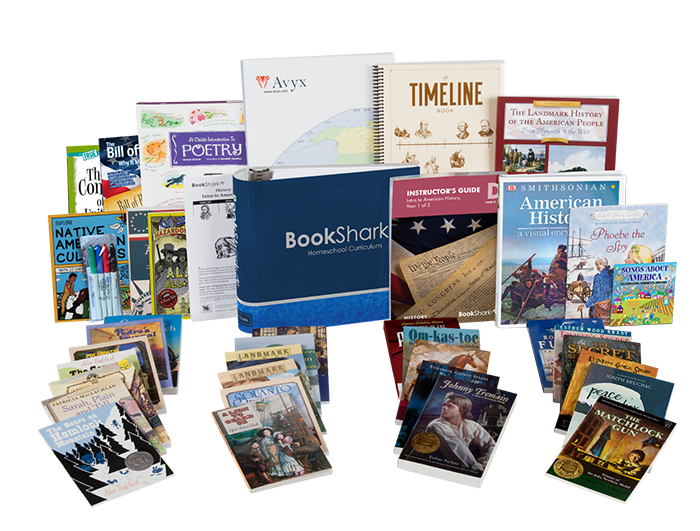
What Math Should a 3rd Grader Be Doing?
When it comes to math for 3rd graders, the focus is on building a strong foundation in arithmetic and problem-solving skills. By this grade, children should be comfortable with addition, subtraction, multiplication, and division within 100. They should also understand basic fractions and be able to tell time accurately using both analog and digital clocks.
In addition to mastering these skills, 3rd graders typically begin learning about geometry concepts such as shapes, angles, and symmetry. They may also delve into measurement units like inches, feet, ounces, pounds, liters, and grams. Moreover, students are introduced to interpreting data through graphs and charts.
Overall, the math level for a 3rd grader should reflect their ability to apply these fundamental concepts in real-world scenarios while continuing to expand their mathematical knowledge in preparation for more advanced topics in the future. See math assessments here.
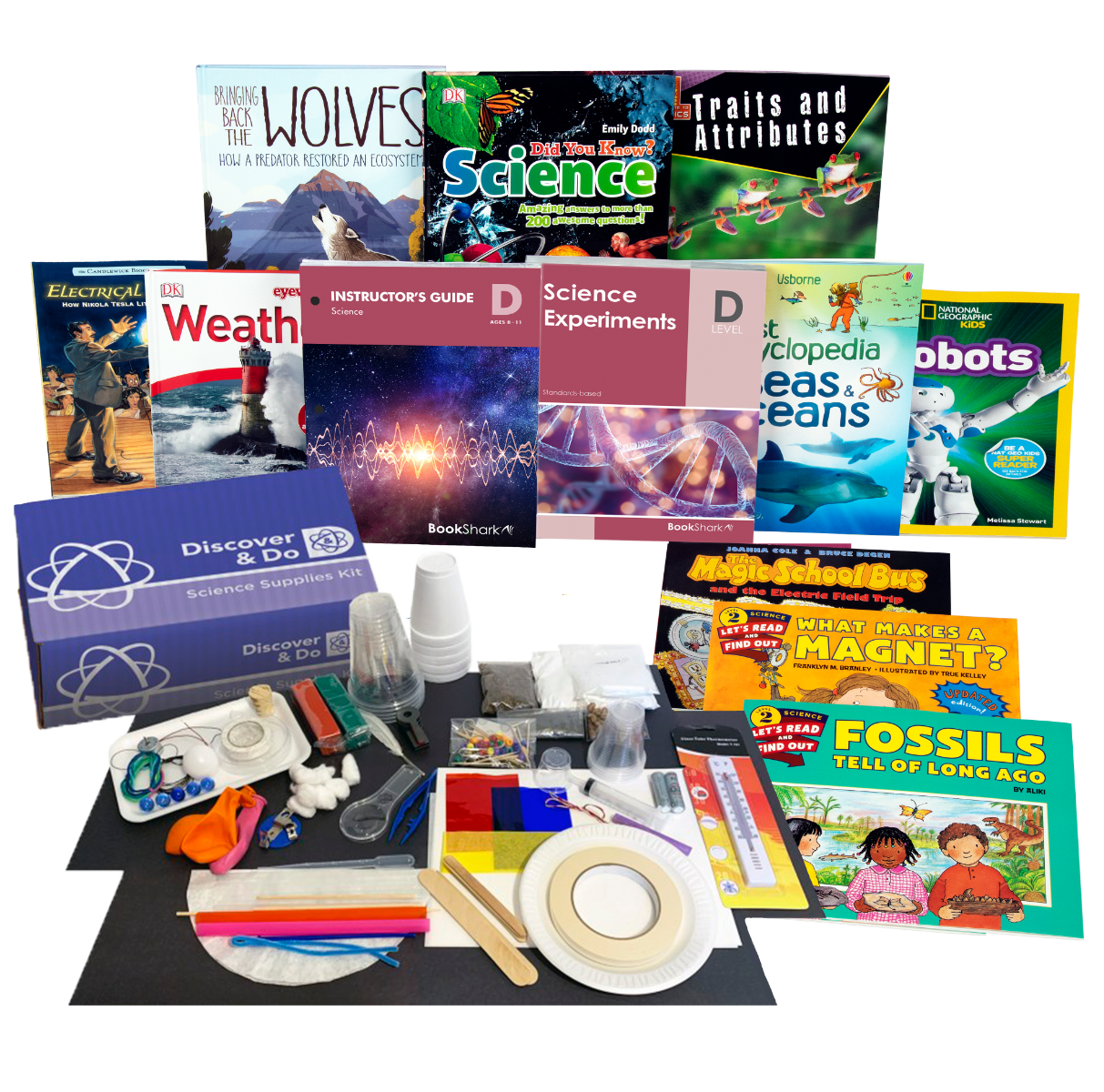
3rd Grade Science Curriculum
When it comes to 3rd grade science curriculum, the focus is on sparking curiosity and exploration in young minds. This is the age where children are eager to learn about the world around them, making it a perfect time to introduce them to various scientific concepts.
In 3rd grade science homeschool curriculum, students usually start delving into topics such as plant life cycles, weather patterns, the solar system, and simple machines. Hands-on experiments and observations play a crucial role in helping students understand these concepts better.
From conducting experiments to learning about different ecosystems and habitats, 3rd graders get to explore the wonders of the natural world through their science curriculum. Encouraging questions and fostering a sense of wonderment can help cultivate a lifelong love for science in young learners.
Overall, 3rd grade science curriculum aims to lay a strong foundation for further exploration and discovery in the field of science.
3rd Grade Language Arts Homeschool Curriculum
When it comes to homeschooling your 3rd grader, the language arts curriculum plays a vital role in their education. From reading comprehension to grammar and writing skills, this subject area helps children develop strong communication abilities.
In a 3rd grade language arts homeschool curriculum, you can expect to cover various topics such as phonics, vocabulary building, spelling rules, punctuation usage, and creative writing exercises. By incorporating engaging stories and interactive activities into your lessons, you can make learning language arts fun for your child.
Utilizing resources like workbooks, online educational platforms, library books, and writing prompts can enhance the effectiveness of your language arts curriculum. Encourage your child to read independently and express their thoughts through written assignments to boost their literacy skills.
Creating a well-rounded language arts curriculum for your 3rd grader will help them become confident readers and effective communicators in both spoken and written forms.

Best 3rd Grade Homeschool Curriculum
When it comes to choosing the best 3rd grade homeschool curriculum for your child, there are several factors to consider. Look for a curriculum that is engaging and interactive, with hands-on activities and projects that cater to your child’s learning style.
Consider a curriculum that covers all core subjects like math, language arts, science, and history in a well-rounded manner. It should also include resources for you as the parent-teacher to easily follow along and assess your child’s progress.
Look for flexibility in scheduling and pacing so that you can tailor the curriculum to fit your family’s unique needs and lifestyle. A good 3rd grade homeschool curriculum should foster a love of learning while providing a solid foundation of knowledge and skills.
Remember to do thorough research, read reviews from other homeschooling parents, and even reach out to online communities for recommendations before making your decision on the best 3rd grade homeschool curriculum for your child.
Does My State Allow Me To Homeschool My 3rd Grader?
It’s essential to research and understand the homeschooling laws in your state before embarking on a 3rd-grade homeschool curriculum journey. Each state has its regulations regarding homeschooling, including requirements for notification, curriculum standards, testing, and record-keeping. Some states have strict guidelines, while others offer more flexibility.
To ensure a smooth homeschooling experience for your 3rd grader, familiarize yourself with the specific legal requirements in your state. Whether you choose a traditional or eclectic approach to education, knowing that you are complying with the law will give you peace of mind as you guide your child through their academic journey. Remember, every child is unique, and homeschooling allows you to tailor their education to meet their individual needs and interests effectively.
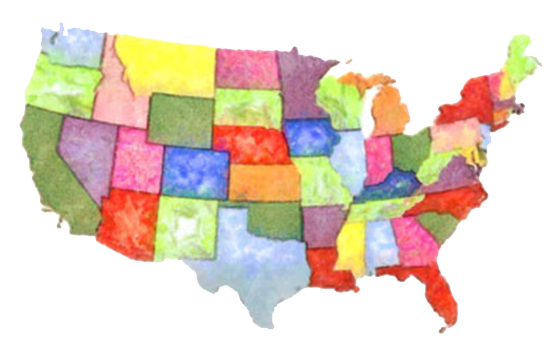
Frequently Asked Questions
How many subjects are taught in 3rd grade?
In 3rd grade homeschool curriculum, students typically cover a range of subjects to ensure a well-rounded education. Common subjects include Math, Science, Language Arts, Social Studies, and sometimes even Foreign Languages or Art. Each subject plays a vital role in developing different skills and knowledge areas. Mathematics helps children build problem-solving skills and understand concepts like multiplication, division, fractions, and more. Science introduces them to the wonders of the natural world through topics like plants, animals, weather patterns, and simple experiments. Language Arts focuses on reading comprehension, writing skills development such as grammar rules and creative storytelling techniques. Social Studies dives into history lessons about communities around the world and basic civics understanding. Having exposure to these various subjects allows 3rd graders to explore their interests while building a solid foundation for future learning opportunities.
Which curriculum is best for homeschooling?
The best curriculum for homeschooling varies depending on the individual needs and learning styles of the student, as well as the educational goals and preferences of the family. Popular and highly regarded homeschooling curricula include BookShark, known for its literature-based approach and comprehensive packages that integrate various subjects around high-quality books and hands-on activities. Sonlight is another literature-based curriculum that focuses on engaging stories to teach history, geography, and literature. Abeka offers a traditional, faith-based curriculum that emphasizes strong foundational skills in reading, writing, and arithmetic through structured lessons and workbooks. The Good and the Beautiful provides an academically rigorous and faith-based curriculum that integrates art, literature, and nature study into its lessons. K12 delivers an online curriculum with interactive lessons and virtual classrooms, appealing to families looking for a structured, school-like environment at home. Oak Meadow is known for its creative, holistic approach, incorporating arts and nature with academic subjects. Time4Learning offers flexibility and self-paced learning through its online curriculum, suitable for a variety of learning styles. Selecting the right curriculum involves considering the child’s interests, strengths, and weaknesses, as well as the family’s educational philosophy and lifestyle. Trying out samples or reviewing detailed descriptions and reviews can help in making an informed decision.
